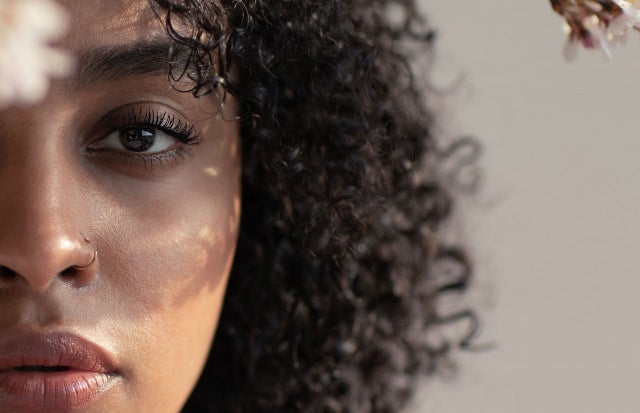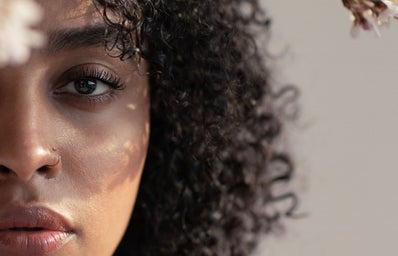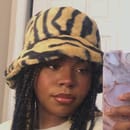As a young black girl who lived in a predominantly white area, hair was one of the most stressful topics to bring up around me. There is a special kind of uneasy feeling when friends would invite me over for a pool day and decide to play hairstylist or any other activity where I knew I would have to answer some sort of question about the texture of my hair. I was hyper-aware of how different it looked in comparison to my friends and classmates, trying to make the hairstyles I saw on Disney Channel stars work for me. After years of frustration, chemically processed hair, and an overused straightener, I decided the work I was doing to replicate hairstyles that I thought would help me blend in were no longer worth it. Over the last four years of learning about hair maintenance, protection, and growth while also gaining the confidence to experiment with my hair, I found four key elements that helped me get to where I am today, absolutely loving the hair I once desperately tried to hide.
Research
This is the first thing I would recommend before even taking any action. It is important to understand things such as your curl pattern (how loose or coily your curls are), porosity levels (your hair’s ability to absorb and retain), and moisture. Each of these factors is essential to know which products and ingredients will work best for your natural hair, otherwise, the products may harm rather than help. There are definitely some products I hear that people swear by, but realize after using that it is not as effective on my kind of hair. Save your money, time, and effort — research beforehand.
Consider the Media You Consume
When all that you are exposed to is straight or wavy hair textures, it can be uncomfortable to experiment with your own natural curls. As a young girl who constantly watched others on television with straight hair or people of color with straightened hair beginning my natural hair journey was confusing. Normalize tight curls, braided styles, and non-conventional hair within your own life. This can be done by introducing more black social media creators into your life or watching shows and movies with black leads. Some of my favorite social media influencers that have helped me get more comfortable with my hair are Kianna Naomi (@KiannaNaomi on Instagram), Eris (@ErisThePlanet on Instagram), Salem Mitchell (@SalemMitchell on Instagram), and Cierra Nia (@Simply.Cie). Even watching series like Girlfriends or Moesha helps normalize these hairstyles. The characters and social media users have shown me how normal natural hair is outside of my hometown, where I did not see it at all. These black women have given me inspiration, confidence, and hair care tips.
Protective Styles Are Your Friend
Protection is integral when it comes to natural hair. After researching, I learned how fragile curly hair is, especially in the transitional period in between processed hair and healthy natural hair. My natural hair process became a million times easier once I discovered the different kinds of braids, twists, and other protective styles that prevent breakage and tangles for days or even weeks at a time. Because those styles were not very common where I was from or within the groups I surrounded myself with, I was constantly nervous to switch up my hairstyles but with the ease that came with these styles, it was and always will be totally worth it. Black women: our hair was made for these hairstyles so take advantage of them!!
It’s Okay to Take Baby Steps
Online there is a lot of hype around the “Big Chop,” meaning cutting off all of the dead processed hair the ends of your hair at once, leaving you with short, but healthy hair. This is great for some people, but in my personal experience, I did not want all of my processed ends gone at the cost of length. There is nothing wrong with taking this process little by little, trimming ends while still protecting your hair. In the transitional period of getting rid of the ends, the most important thing is that you are not further damaging your hair with heat and chemicals. This hair journey is your own personal journey, so what may work for others may not be what you are comfortable with.



